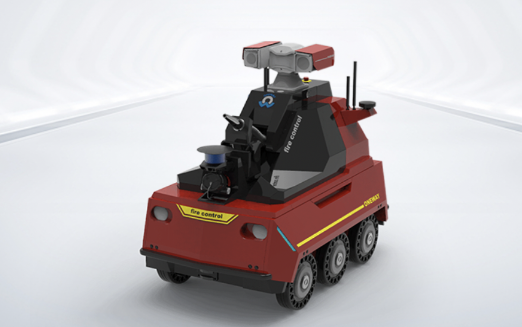If you’ve ever been fascinated by the idea of building your own robot, then a tracked robot chassis is an excellent place to start. With its ability to traverse various terrains and carry heavy loads, a tracked robot chassis offers endless possibilities for exploration and innovation.
Choosing the Right Tracked Robot Chassis

When selecting a tracked robot chassis, it’s important to consider factors such as size, weight capacity, and motor compatibility. Look for a sturdy frame that can withstand rough conditions and has enough space for mounting additional components like sensors or cameras.
Assembling Your Tracked Robot Chassis
To assemble your tracked robot chassis, begin by attaching the motors to the frame using screws or brackets provided. Make sure they are securely fastened before connecting them to the motor controller board. Next, attach the wheels or tracks according to the manufacturer’s instructions.
Taking Advantage of Oneway Control Systems
Oneway control systems offer precise movement control for your tracked robot chassis. By integrating these systems into your design, you can easily navigate obstacles and maneuver in tight spaces with accuracy. Be sure to follow the wiring diagrams provided by Oneway when connecting their control system.
Exploring Industrial Inspection Robots
In industrial settings, inspection robots equipped with tracked chassis play a crucial role in enhancing efficiency and safety. These robots can access hard-to-reach areas within factories or construction sites while carrying out inspections or collecting data. Their versatility makes them invaluable assets in various industries.
In Conclusion
A tracked robot chassis opens up exciting possibilities for both hobbyists and professionals alike. Whether you’re interested in exploring new terrains or developing innovative solutions for industrial applications, a tracked robot chassis provides a solid foundation. So go ahead and embark on your robotics journey with confidence!Click industrial inspection robots.